In the not-so-distant past, cookbooks were the sacred texts of the kitchen. Shelved in homes, splattered with sauce and flour, they were guides, mentors, and sources of inspiration. But today, the way we learn, share, and preserve culinary knowledge is evolving dramatically. The rise of social media platforms—especially Instagram and TikTok—has ushered in a new era of culinary archiving that is visual, interactive, and constantly updated.
From Pages to Posts: The Shift in Culinary Learning
Traditional cookbooks rely on linear instruction, structured chapters, and curated recipes. While they remain important tools for culinary enthusiasts and professionals, many cooks—particularly younger generations—now turn to Instagram reels and TikTok videos for everything from basic knife skills to experimental fusion dishes.
Unlike static cookbook pages, social media posts offer visual demonstrations, often accompanied by music, narration, or written captions that make the process easier to follow. TikTok’s short-form video format, for example, has made it possible for users to grasp an entire recipe in under a minute. For many, that immediacy is both inspiring and empowering.
The Rise of the Culinary Creator
Social media has created a space where anyone with a phone and a passion for cooking can become a culinary creator. Chefs, home cooks, bakers, and food stylists are now influencers with thousands or even millions of followers. Their digital content not only entertains but also educates and documents culinary techniques that might otherwise have remained regional, private, or undocumented.
Platforms like TikTok have given rise to viral recipes such as whipped coffee (Dalgona), baked feta pasta, or cloud bread—dishes that went from obscurity to global fame in a matter of days. These platforms allow food trends to emerge organically, spread rapidly, and evolve in real-time.
Visual Storytelling and Cultural Preservation
One of the most fascinating outcomes of this digital shift is how Instagram and TikTok are being used to preserve and share cultural food traditions. Home cooks from all over the world are documenting family recipes, heritage dishes, and cooking customs that might not exist in formal cookbooks. A grandmother making kimchi in South Korea, a teenager baking challah in New York, or a street vendor preparing tacos in Mexico City—all become storytellers through their phones.
These bite-sized videos act as digital heirlooms, ensuring that culinary traditions are not lost with time but shared with global audiences. The result is a democratization of culinary knowledge that transcends borders and generations.
The Aesthetic of Food
In this new era, the way food looks is almost as important as how it tastes. Instagram’s emphasis on visual storytelling has transformed food presentation into an art form. Carefully styled plates, bright colors, and creative angles dominate food photography. “Instagrammable” dishes often spark trends: rainbow bagels, charcoal ice cream, and galaxy donuts all owe their popularity to how good they look on a screen.
This emphasis on aesthetics has led to an increased focus on food styling and plating techniques, skills that once belonged mostly to professional chefs and food photographers. Now, with the right lighting and a smartphone, anyone can create a stunning visual narrative around their dish.
Interactive Archiving and Community Engagement
Unlike traditional cookbooks that speak one-way to the reader, social media platforms allow for interaction. Users can comment, ask questions, offer suggestions, and even remix a recipe to create something new. The idea of “duets” on TikTok or recipe threads on Instagram allows for real-time conversation and collaborative cooking.
This community engagement has turned cooking from a solitary activity into a shared digital experience. Livestream cooking sessions, challenges like “Cook This Dish with Me,” and user-generated hashtags have fostered a sense of belonging and excitement that’s hard to replicate on a printed page.
Accessibility and Diversity
Social media has opened doors for voices that have traditionally been underrepresented in published cookbooks. Aspiring chefs from marginalized communities now have platforms to share their cuisines and stories directly with global audiences. This has enriched the digital culinary archive with recipes and perspectives that might otherwise have remained hidden.
For example, creators spotlighting Indigenous ingredients, Black Southern cooking, or vegan versions of traditional Asian recipes contribute to a broader and more inclusive understanding of what culinary excellence looks like.
Challenges and Concerns
Of course, this digital shift comes with challenges. Recipes on Instagram and TikTok often lack precise measurements or thorough instructions. The fast-paced format sometimes prioritizes aesthetics over accuracy or safety. Furthermore, the algorithm-driven nature of these platforms can lead to the homogenization of content, with creators chasing virality at the expense of authenticity.
There’s also the issue of digital impermanence. While a cookbook can last for decades, a viral video might be forgotten within weeks. This raises questions about how sustainable or archival these platforms truly are when it comes to preserving culinary knowledge long-term.
Bridging the Gap: The Hybrid Future
Rather than replacing traditional cookbooks, social media may best serve as a complement to them. Some chefs and content creators are beginning to publish hybrid formats—printed cookbooks inspired by their viral content or QR code-enabled books that link to video tutorials.
Educational institutions and culinary schools are also integrating social media literacy into their programs, recognizing its growing influence on how people learn and engage with food.
Conclusion: The Cookbook Reimagined
In 2025, the idea of a “cookbook” is more fluid than ever. While leather-bound tomes still sit proudly on kitchen shelves, the scrollable feeds of Instagram and the looping clips of TikTok have become the modern-day counterparts—equally informative, highly visual, and infinitely accessible.
This new era of culinary archiving is defined not by elite chefs or publishing houses, but by a global community of food lovers, storytellers, and home cooks eager to share, connect, and preserve their favorite flavors. In embracing this evolution, we’re not abandoning tradition—we’re expanding it.
And maybe that’s what makes this moment so exciting: the knowledge that the next great recipe, technique, or food trend might not come from a test kitchen—but from someone’s phone, halfway across the world, in under 60 seconds.
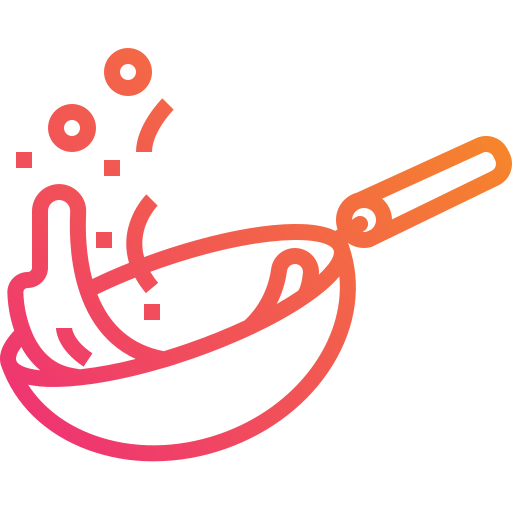
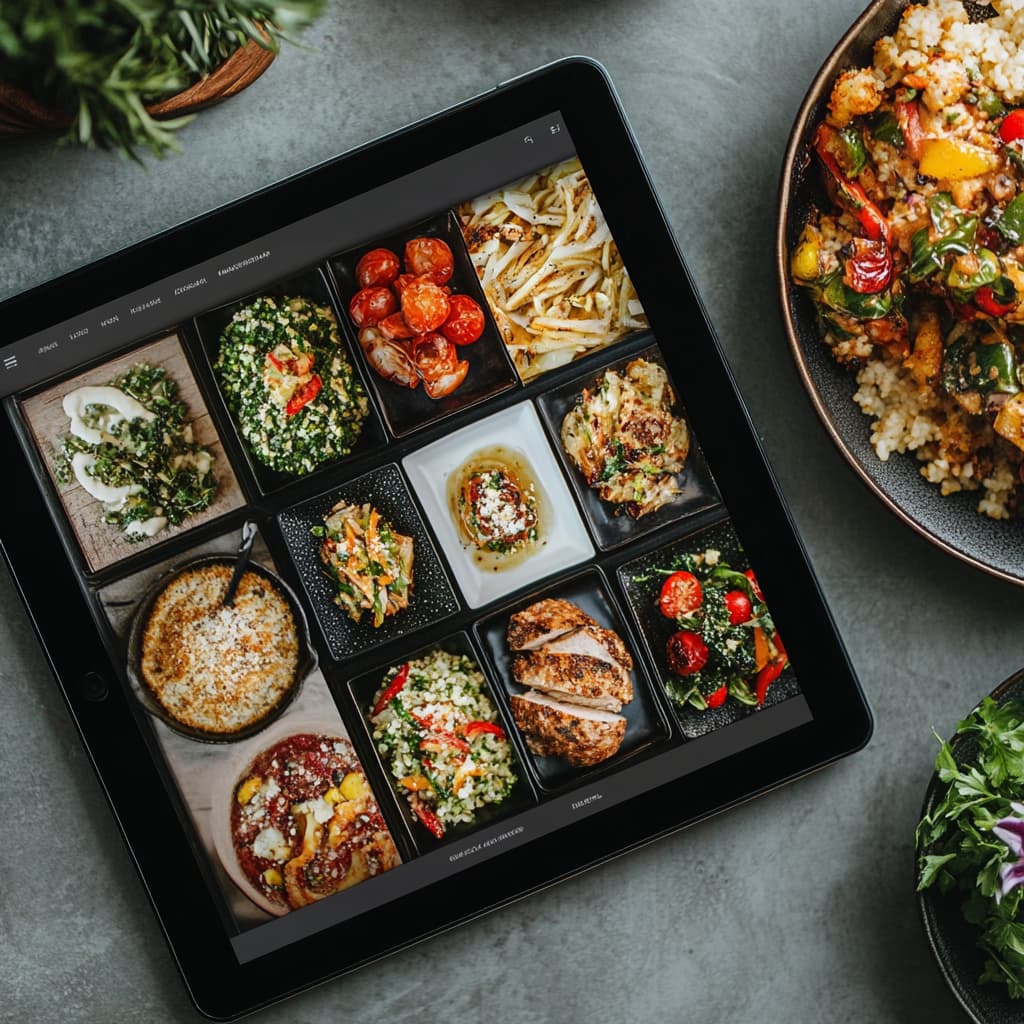

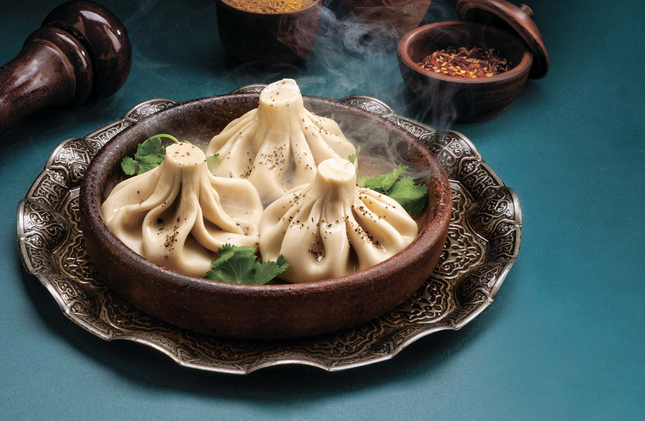
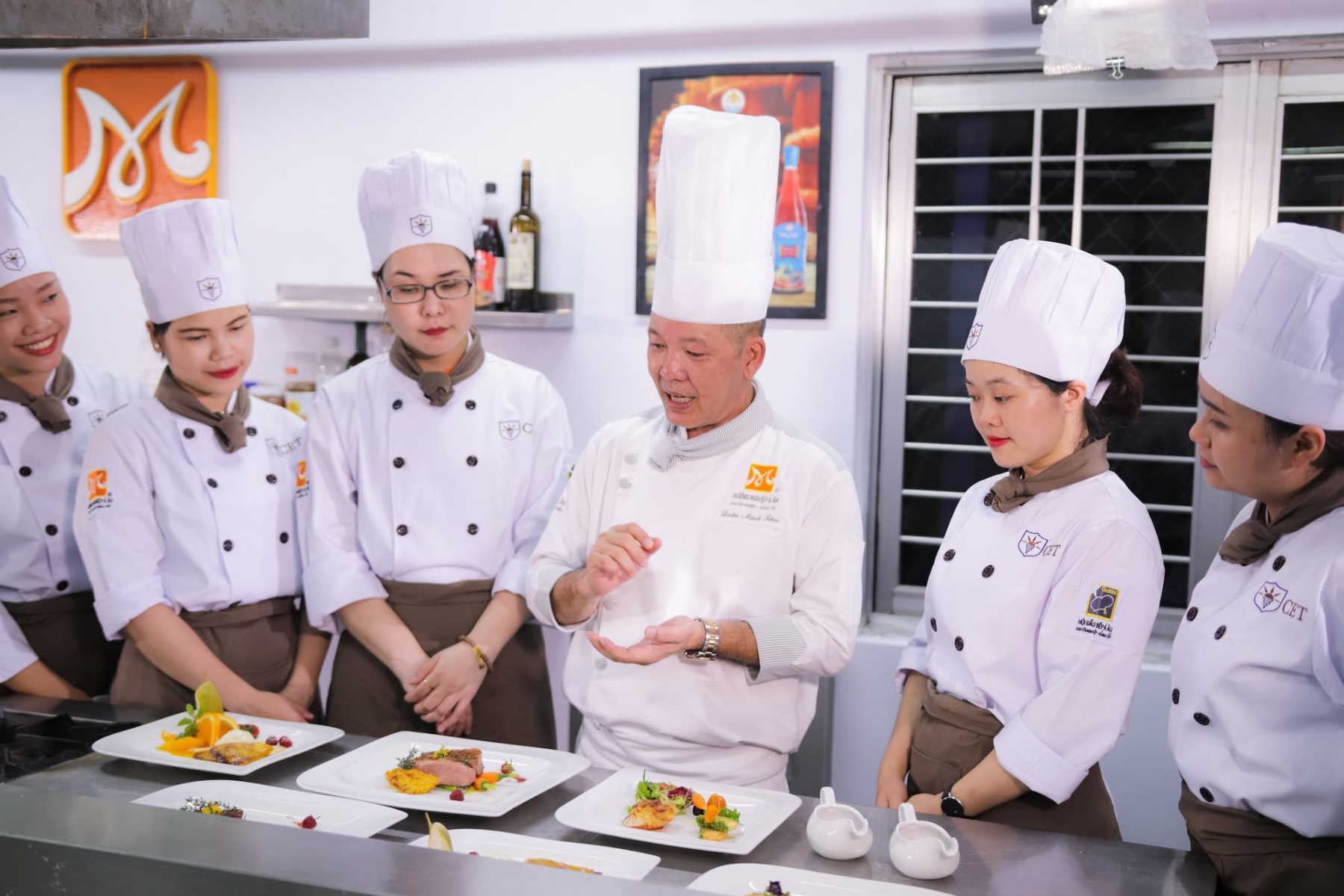
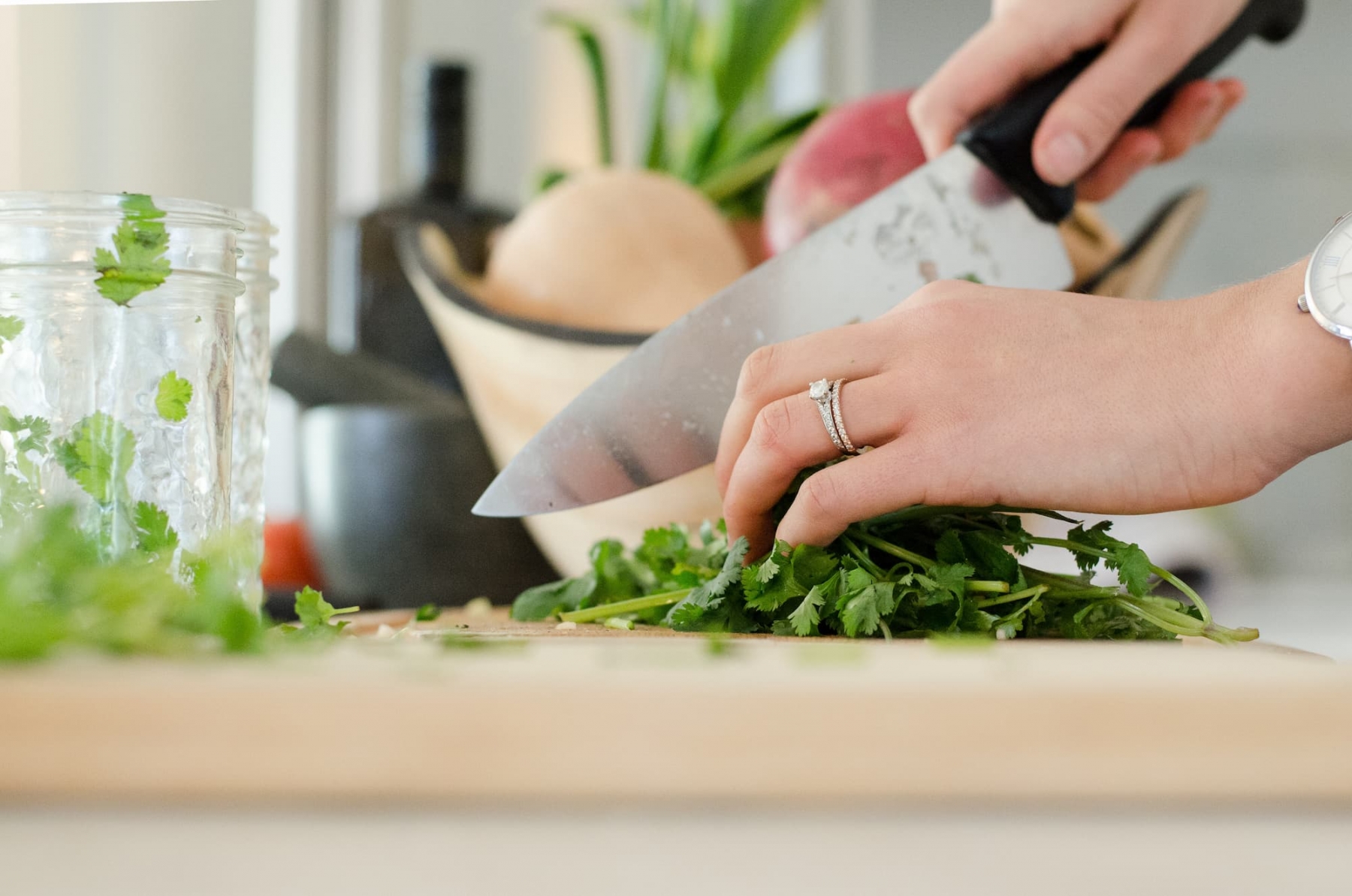
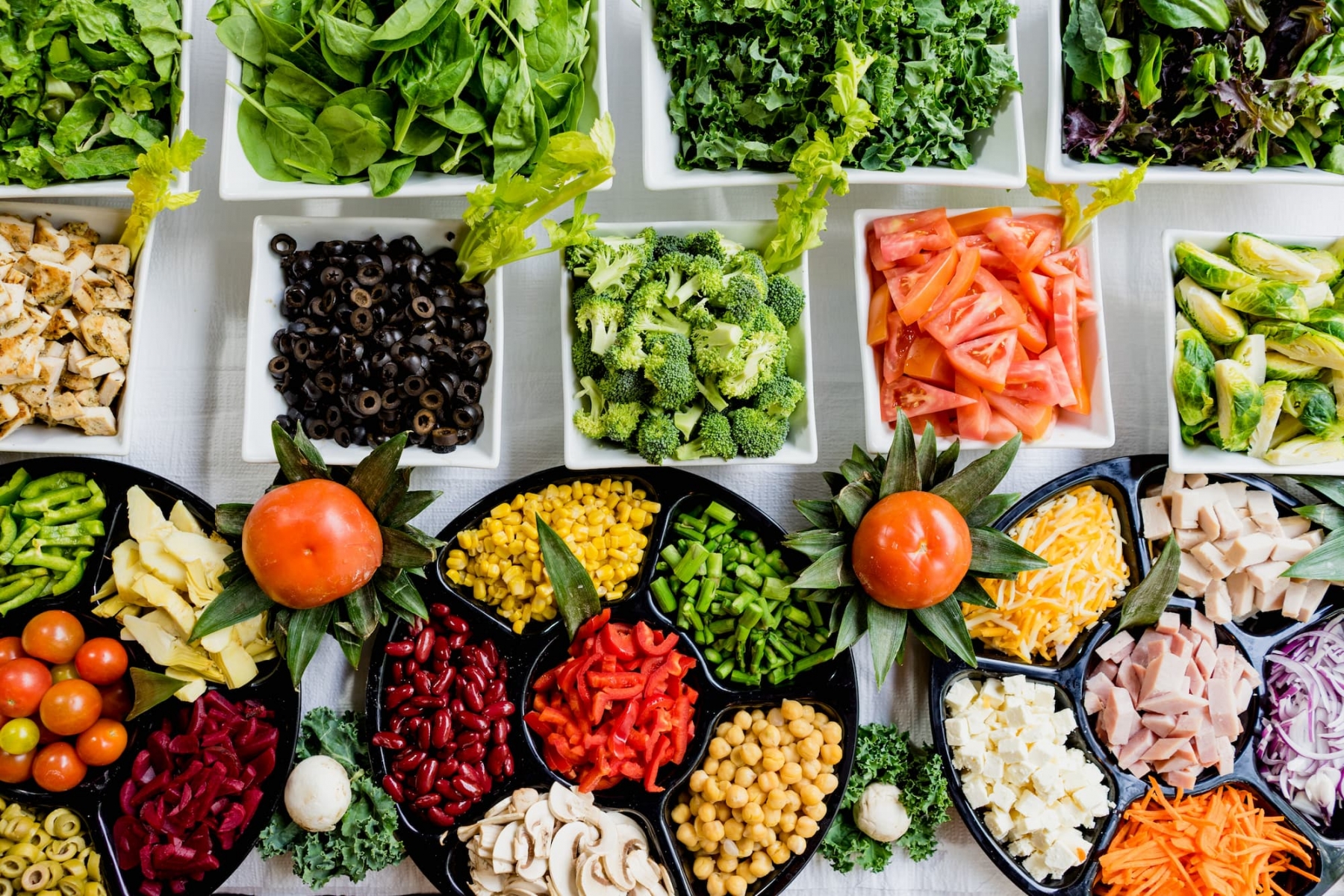
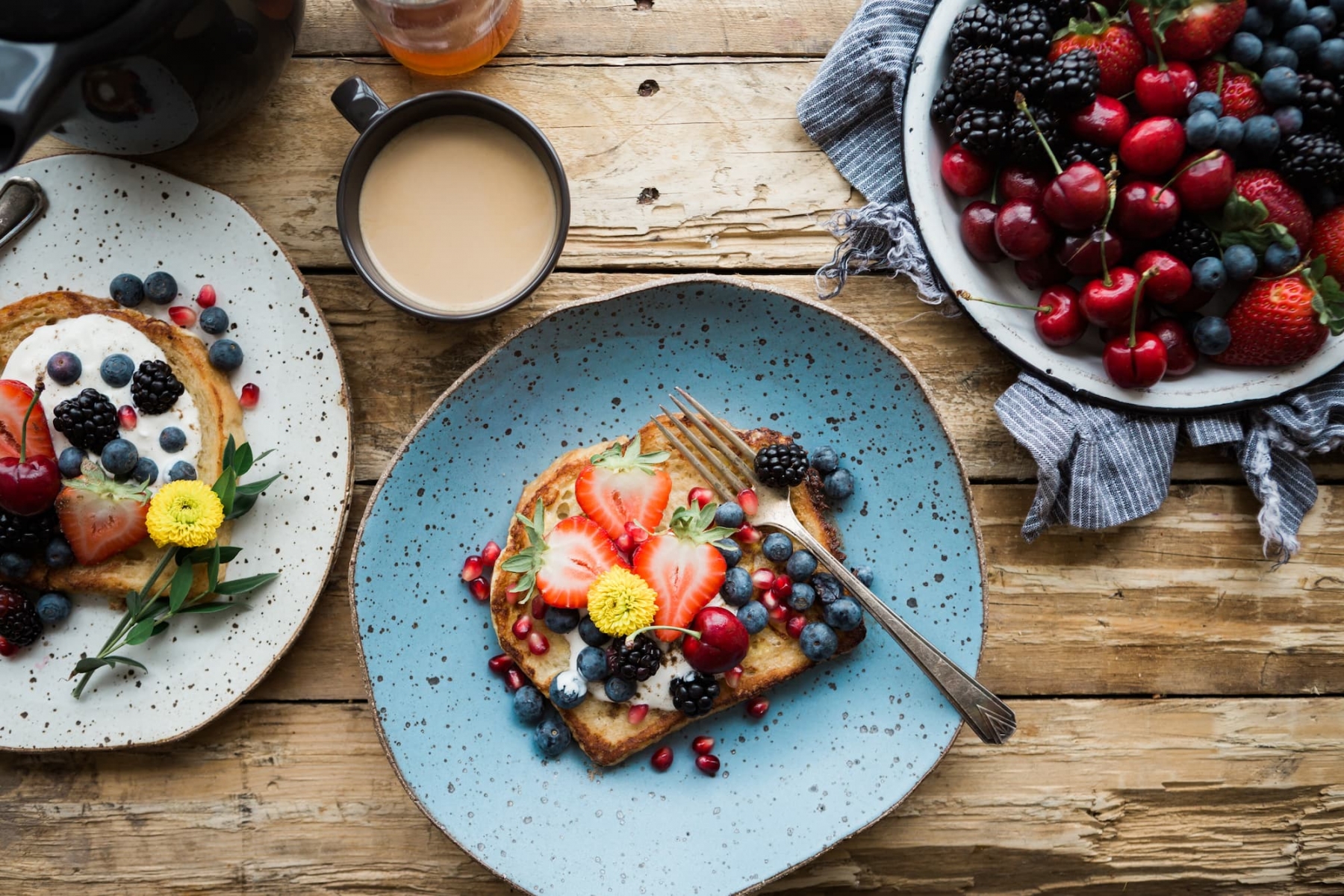
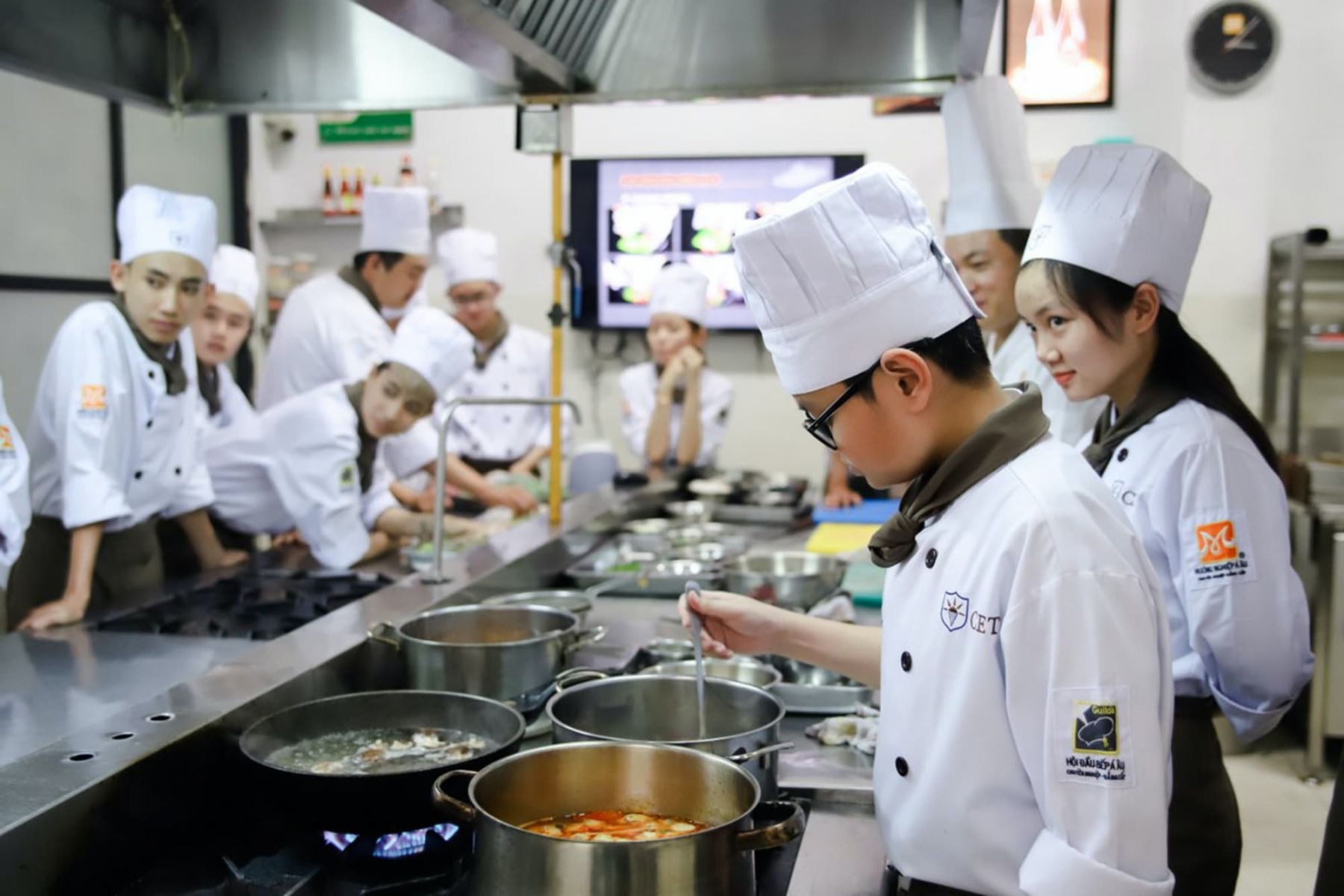
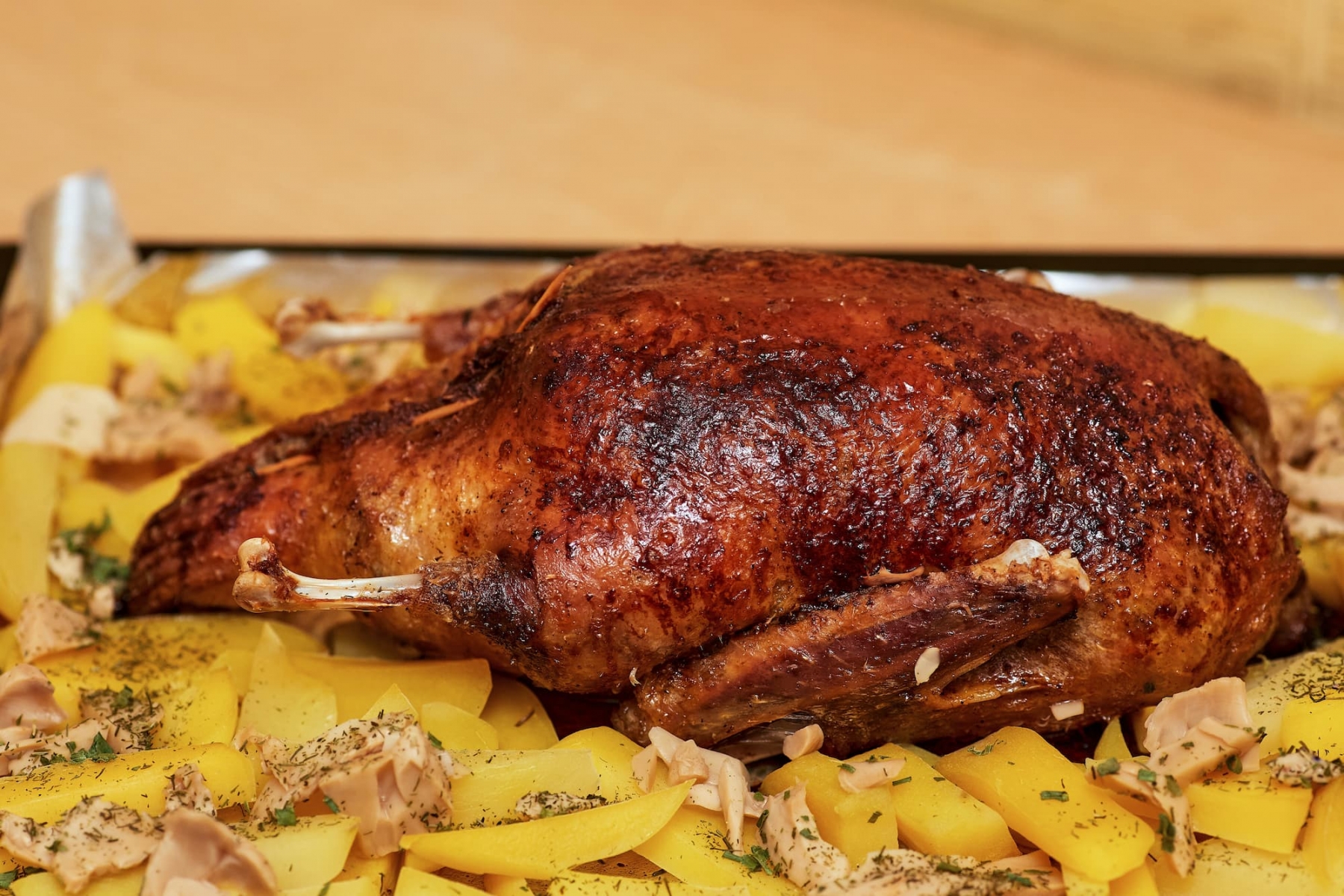
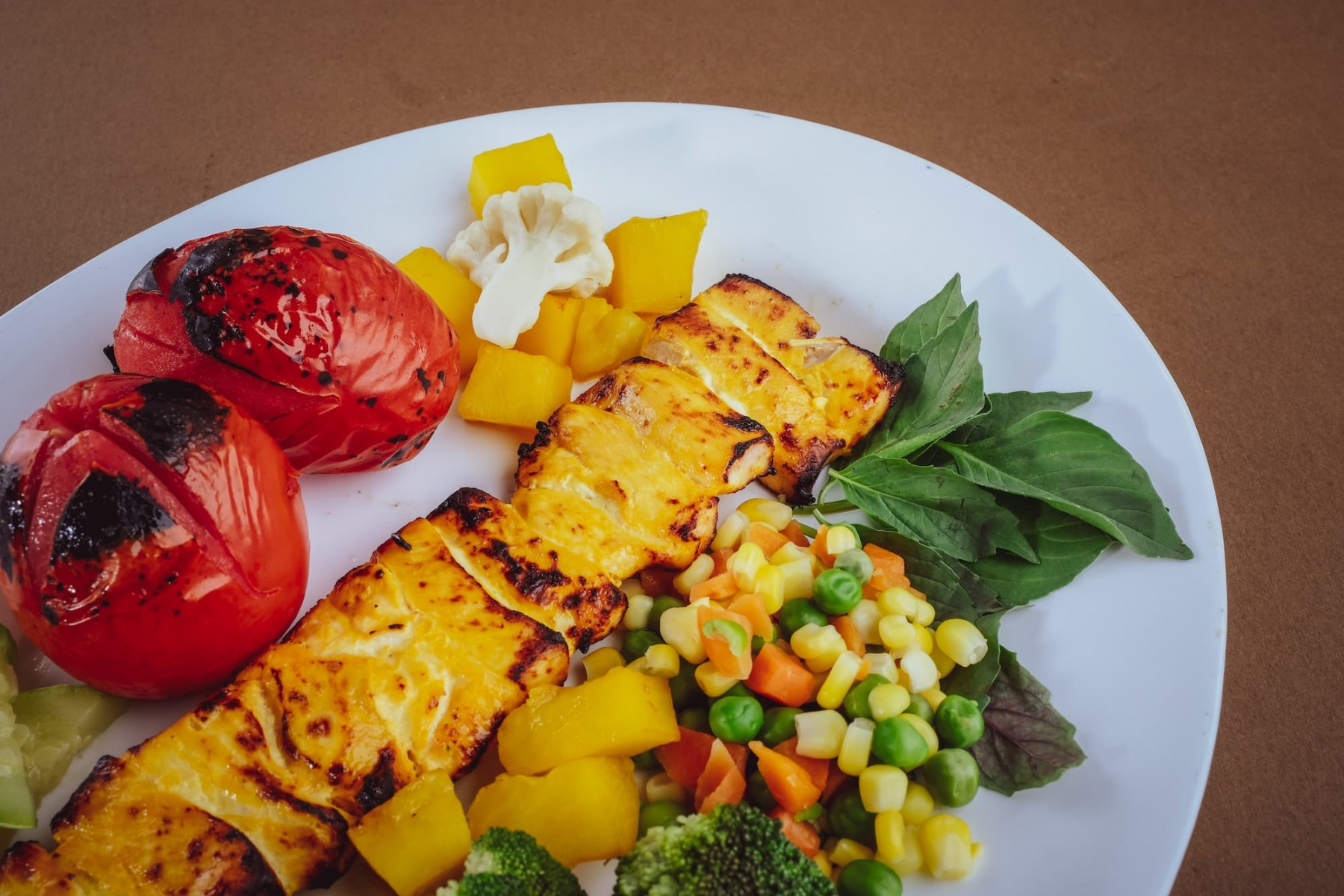

Recent Comments